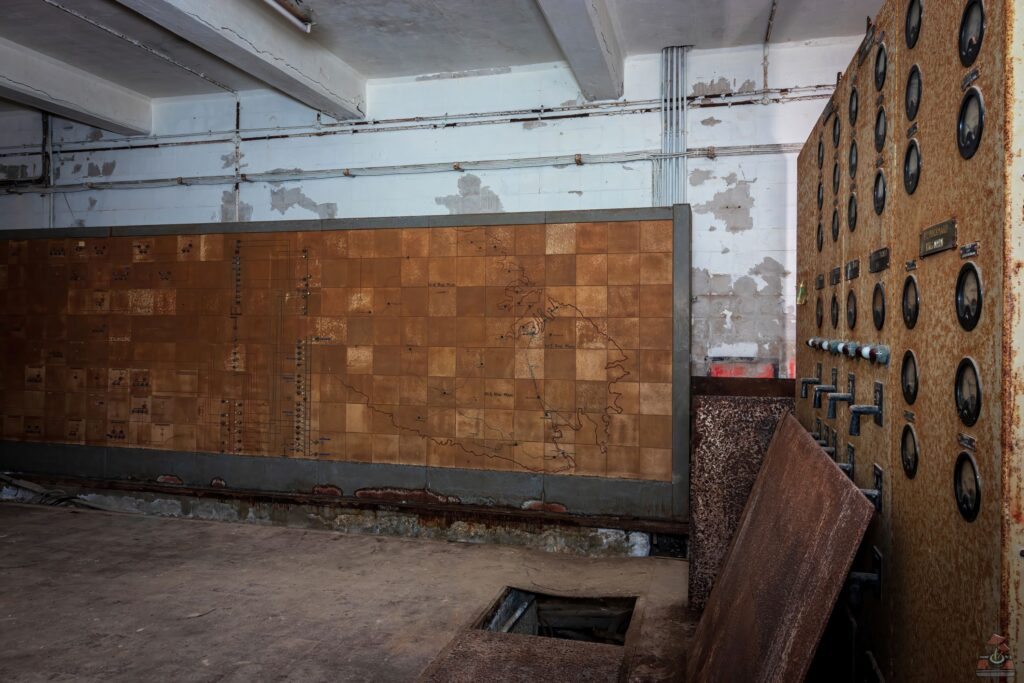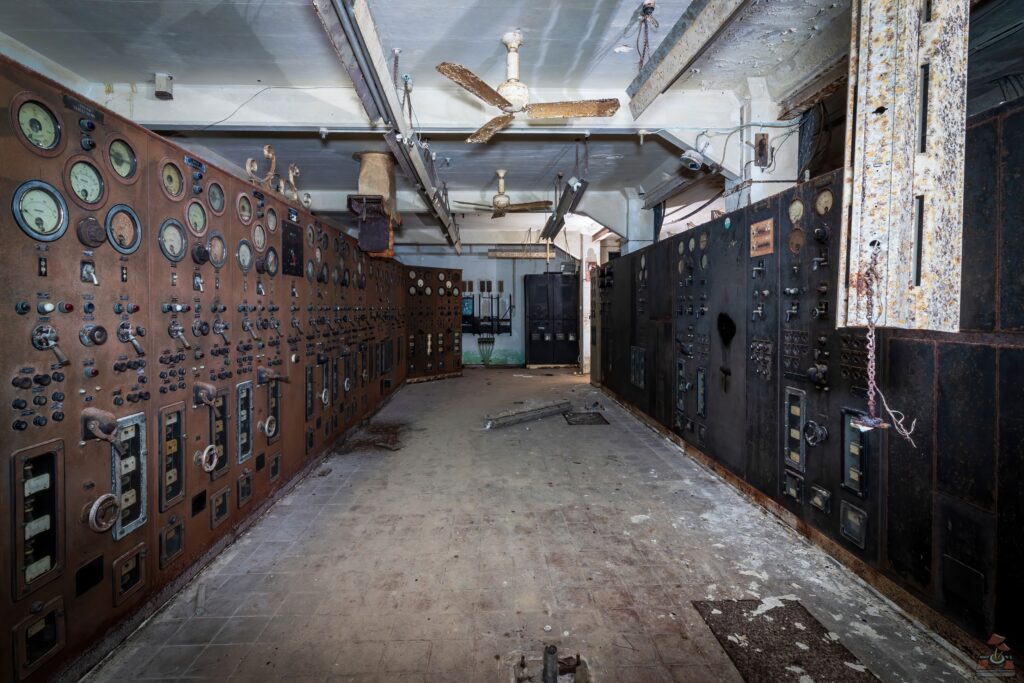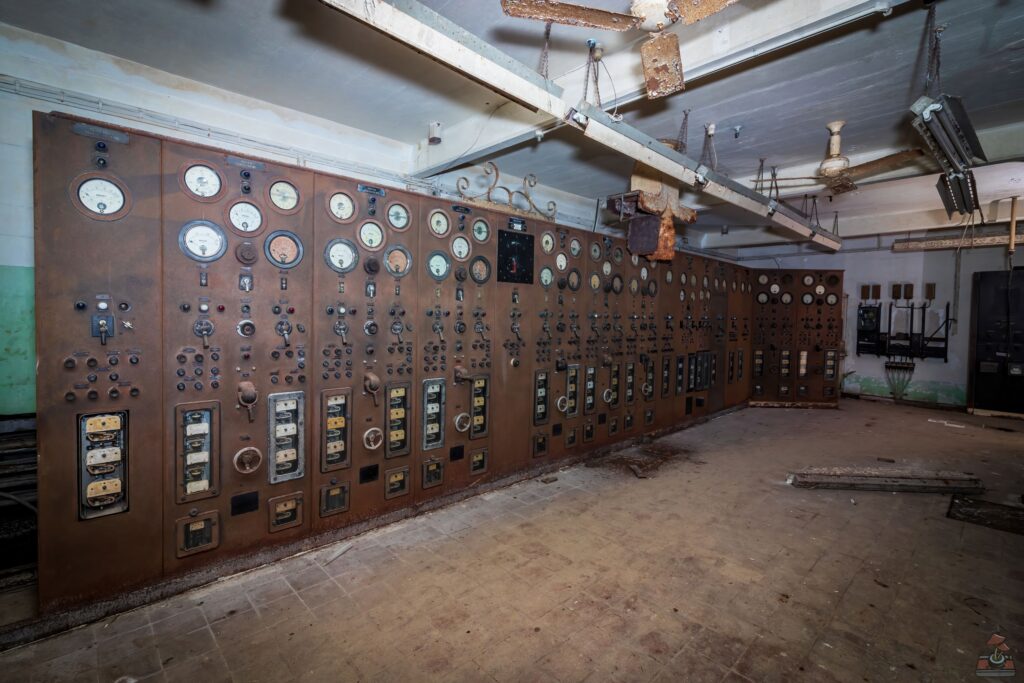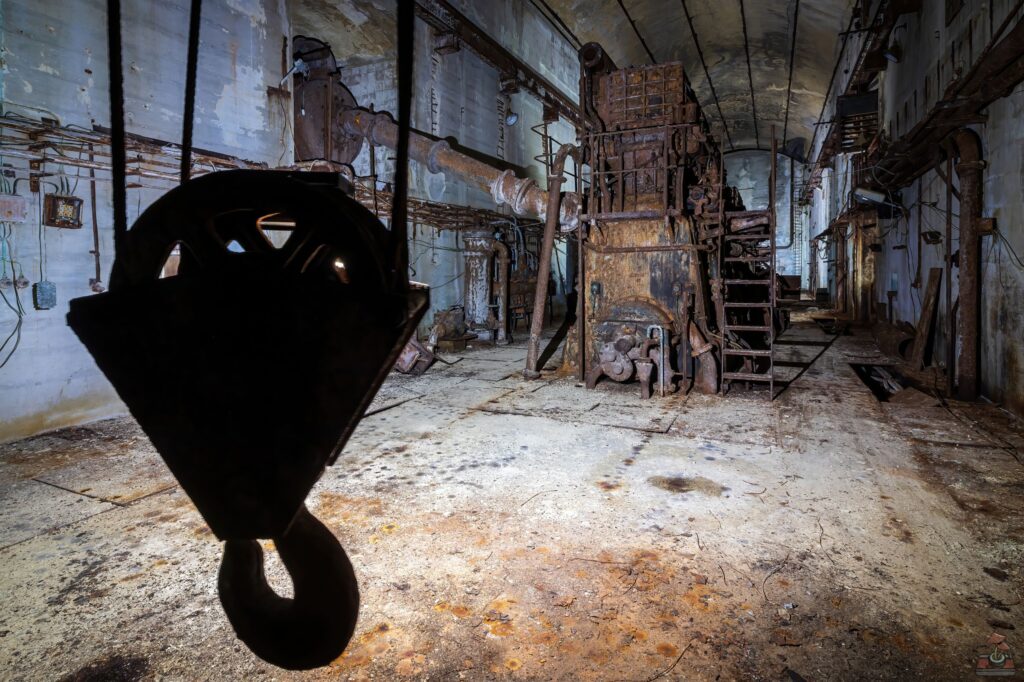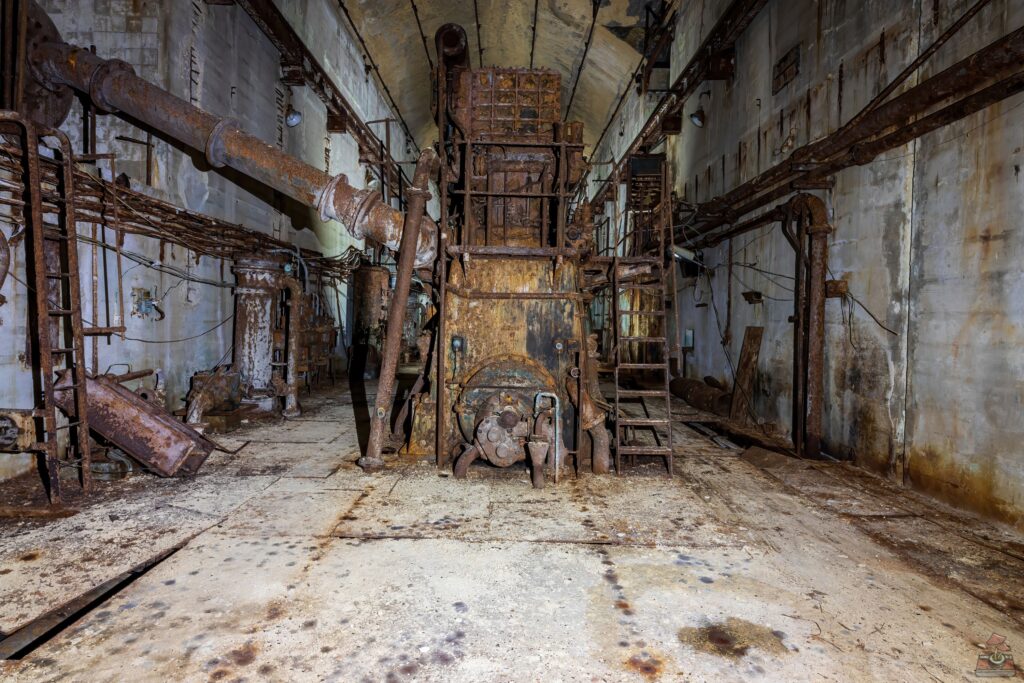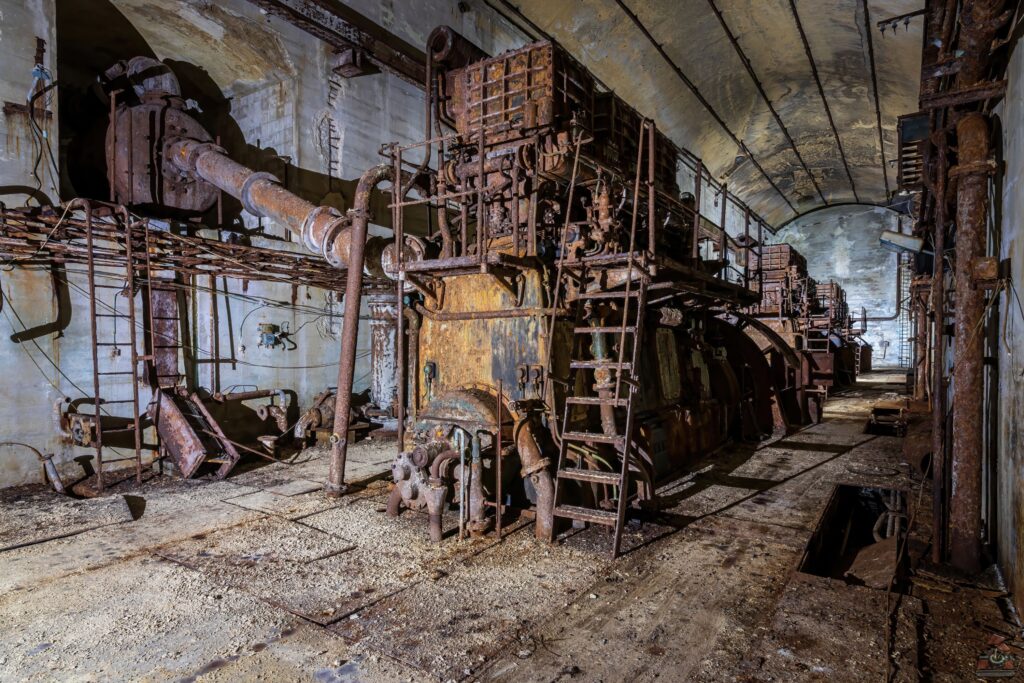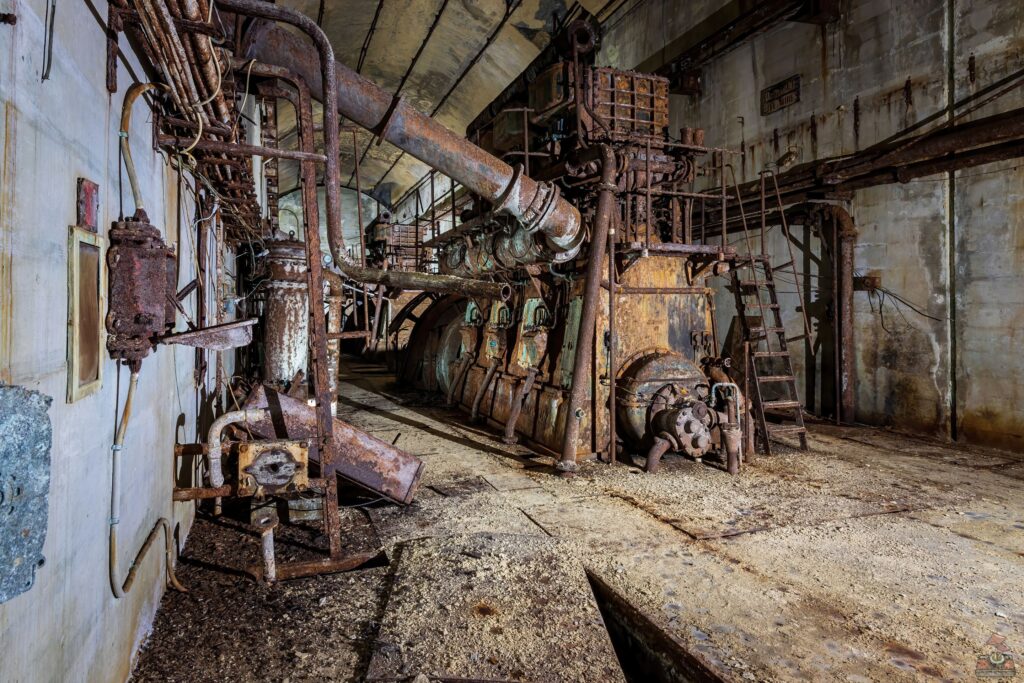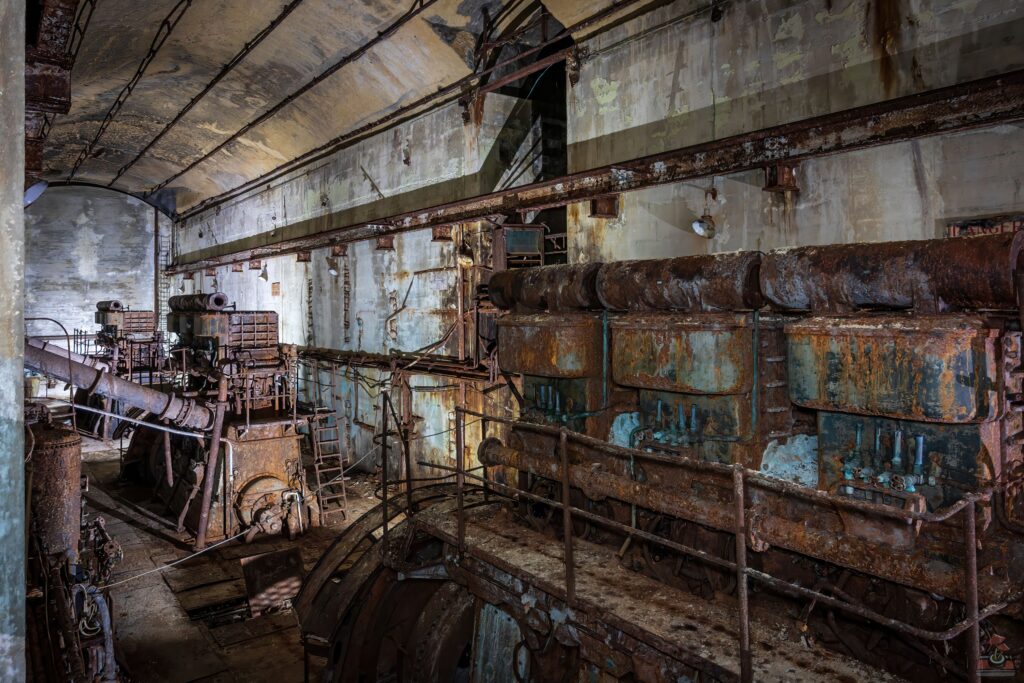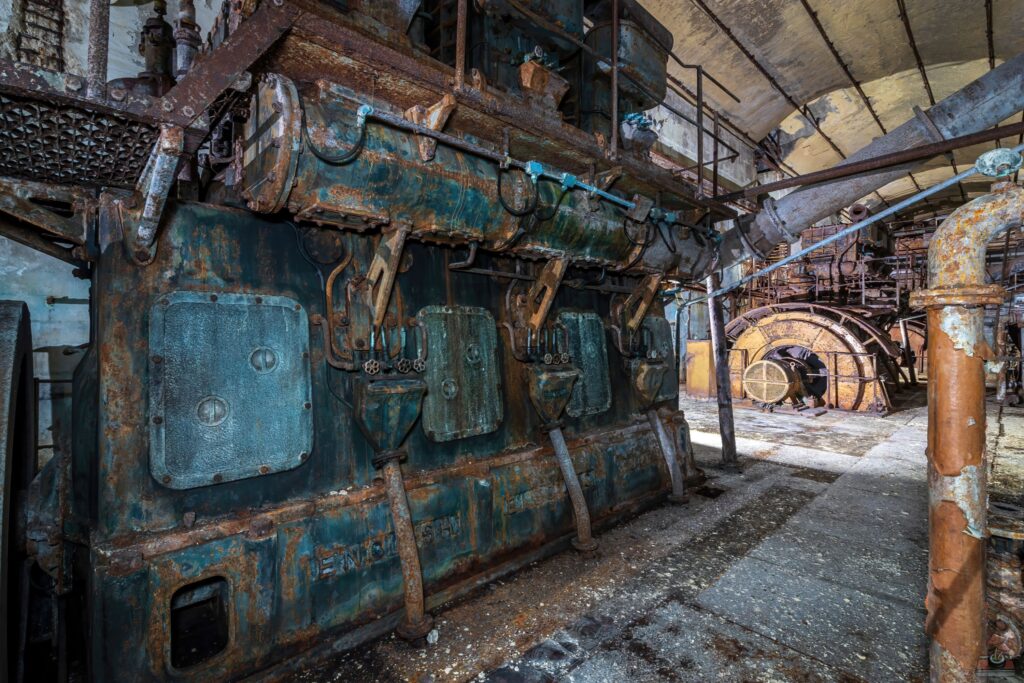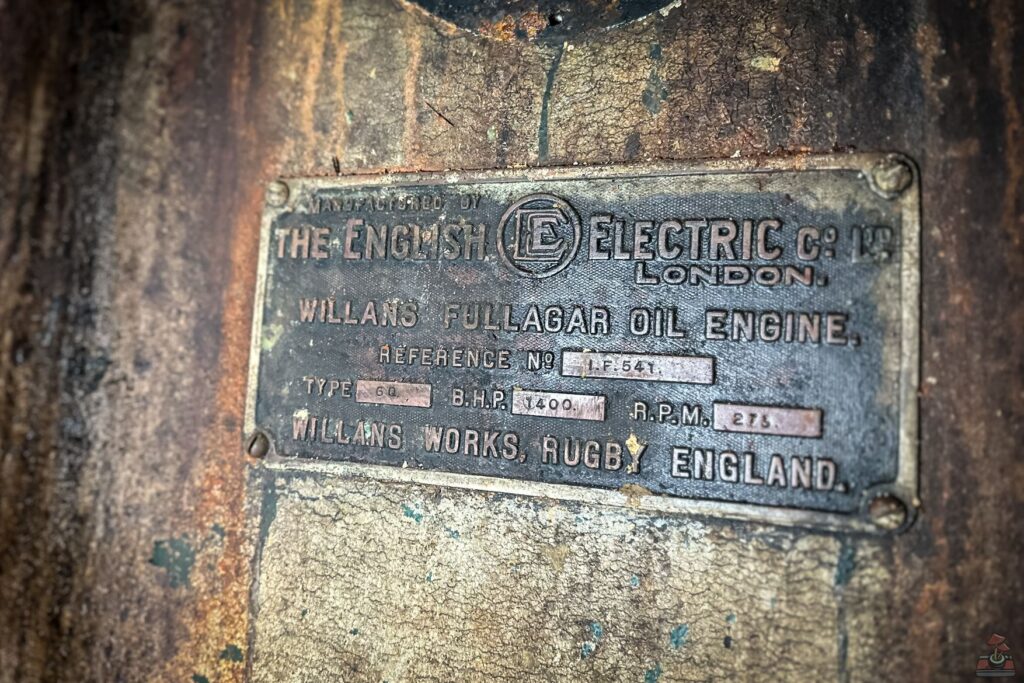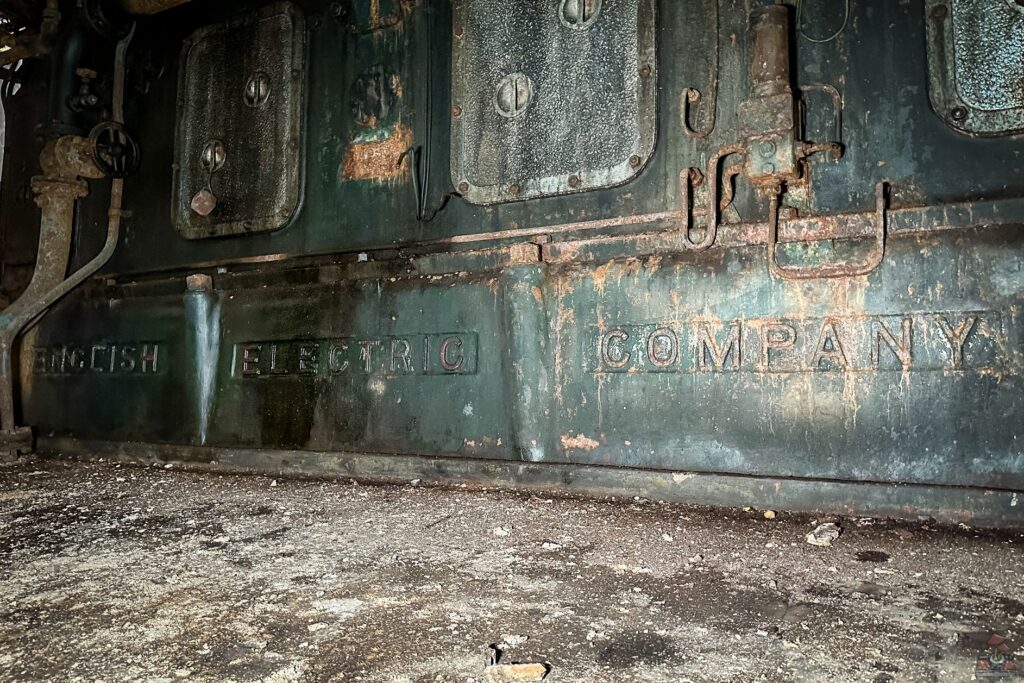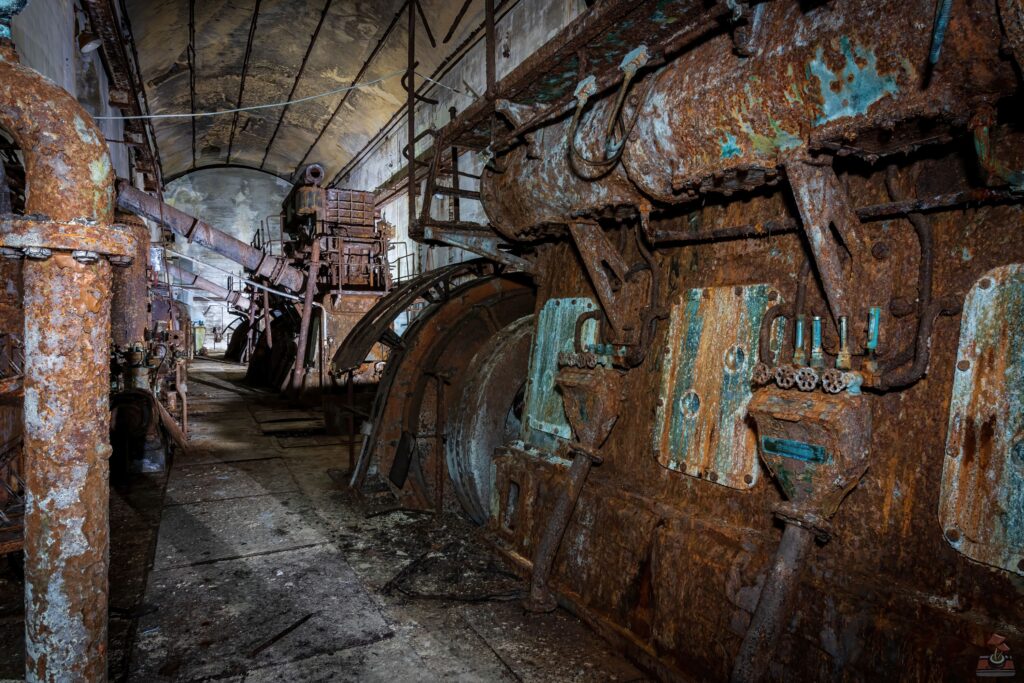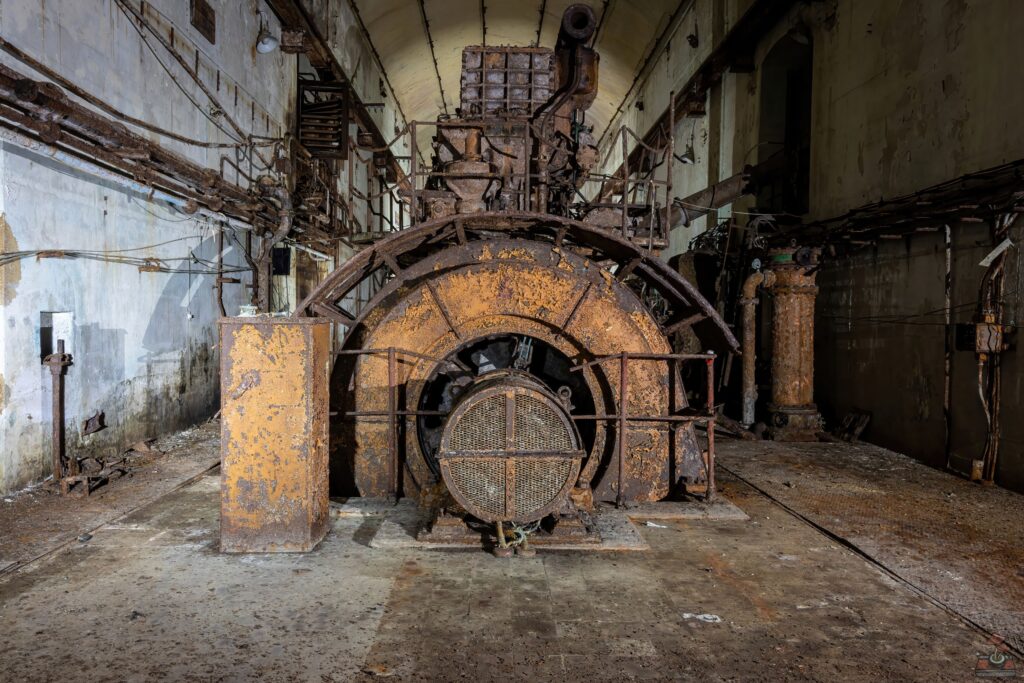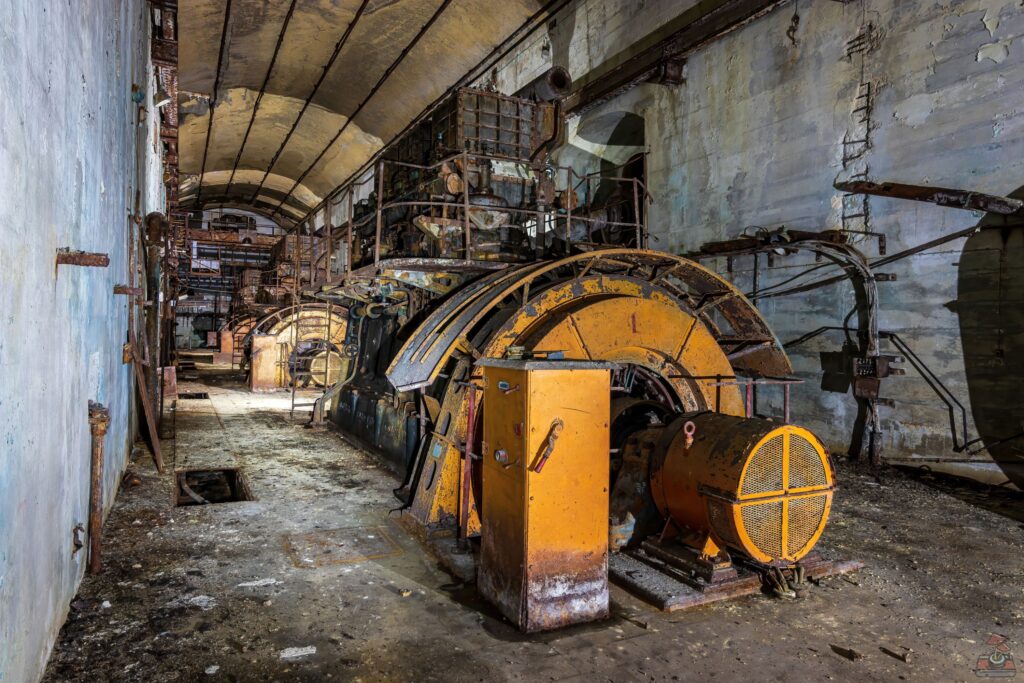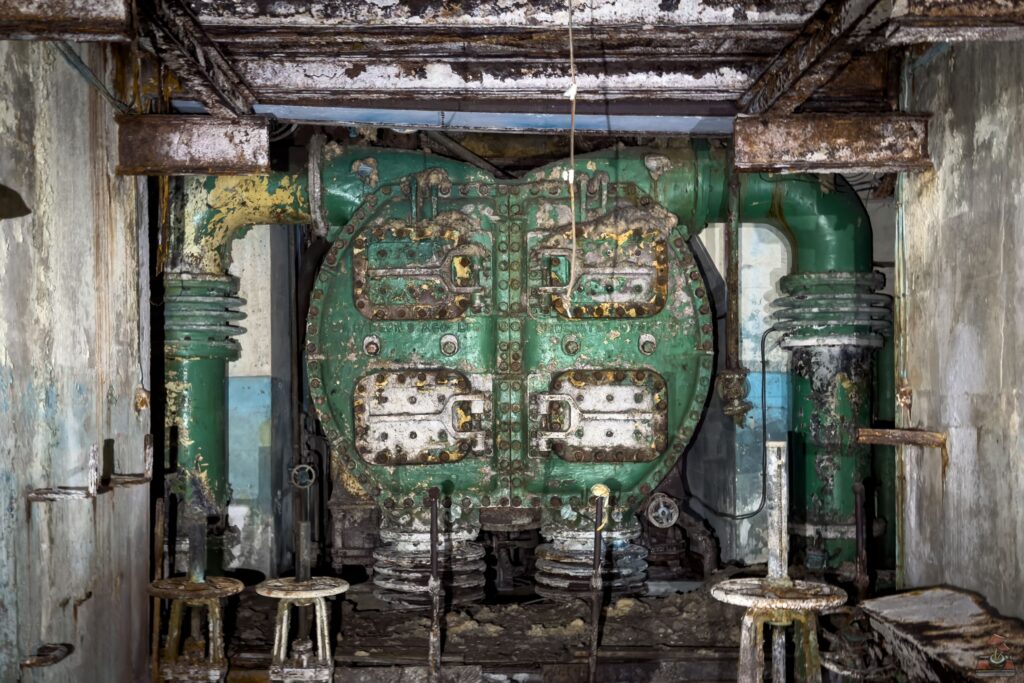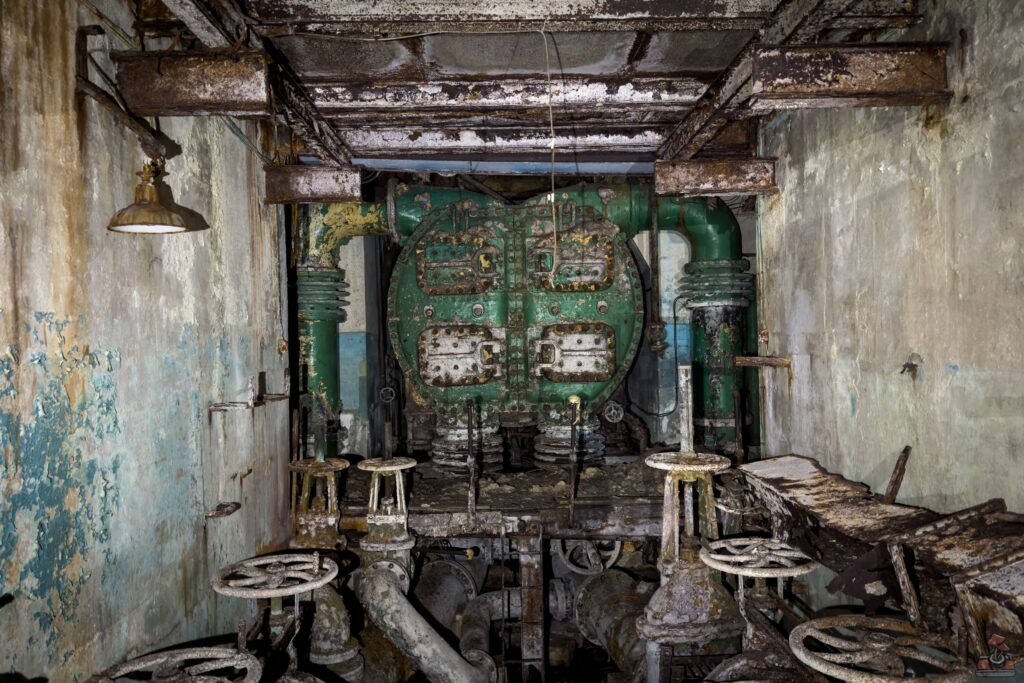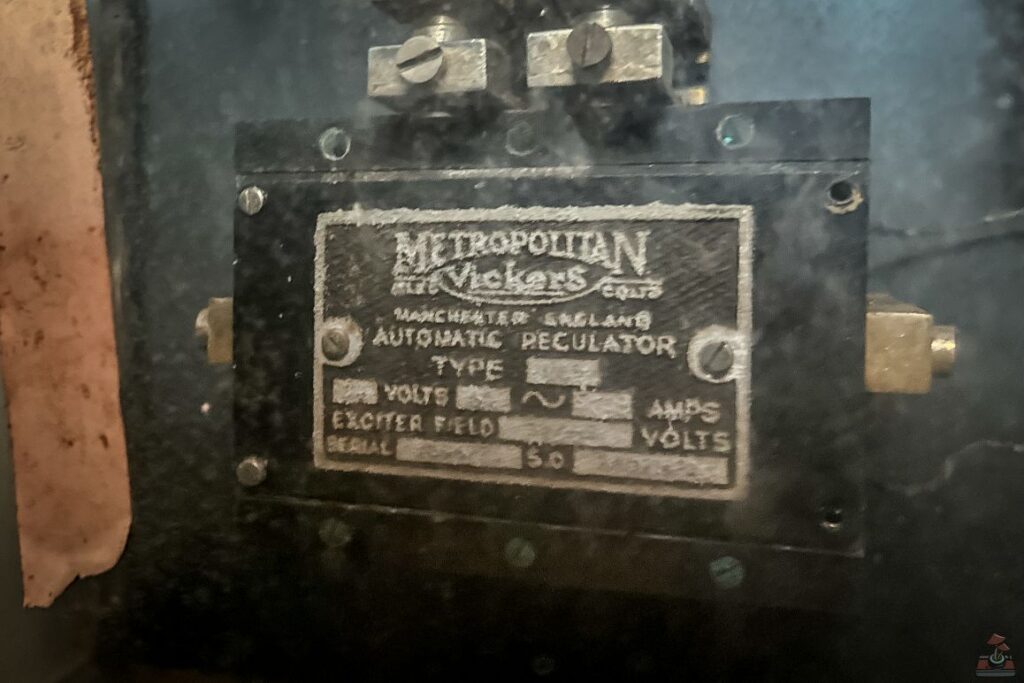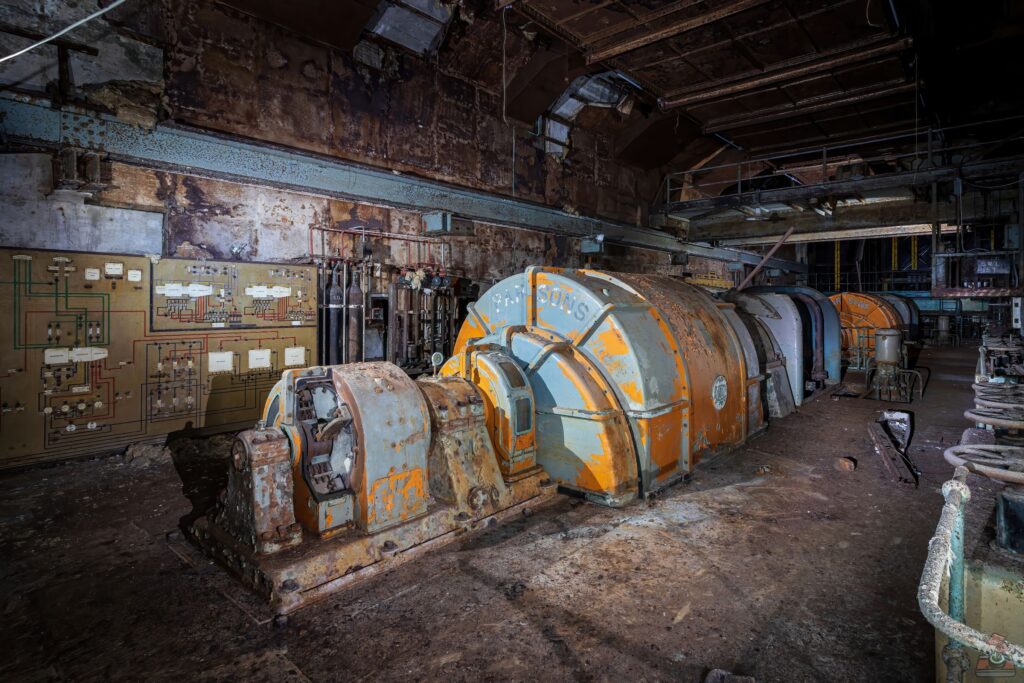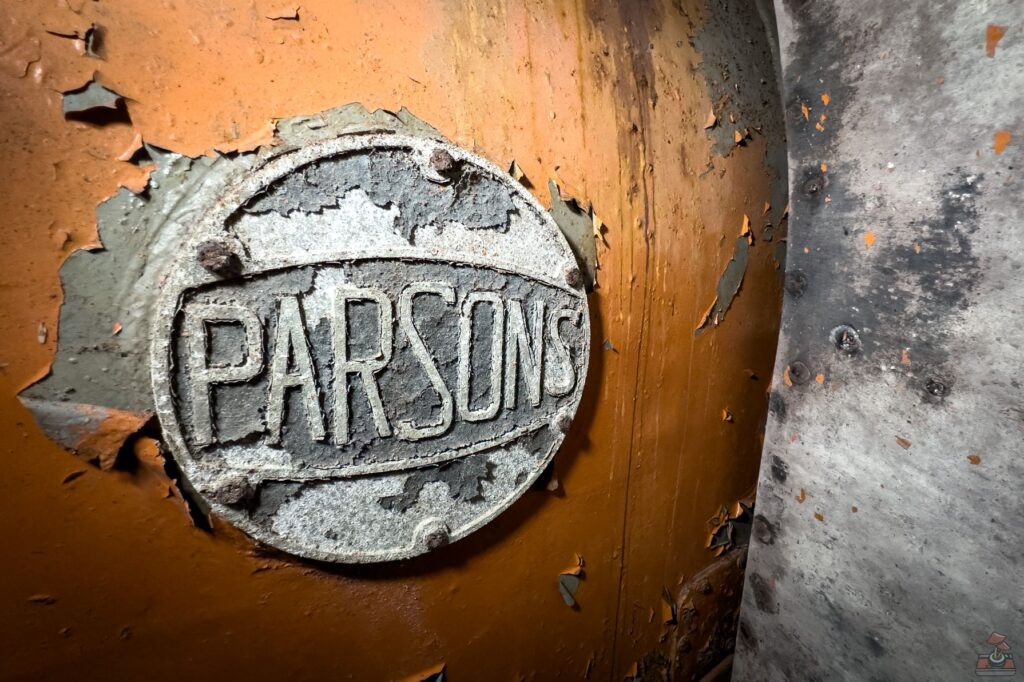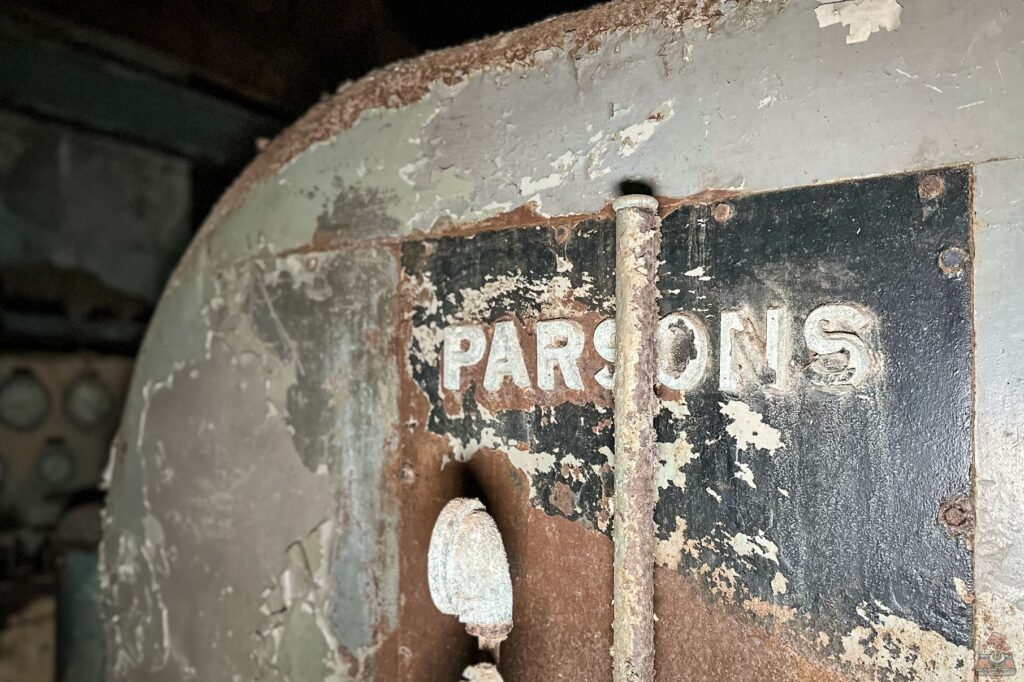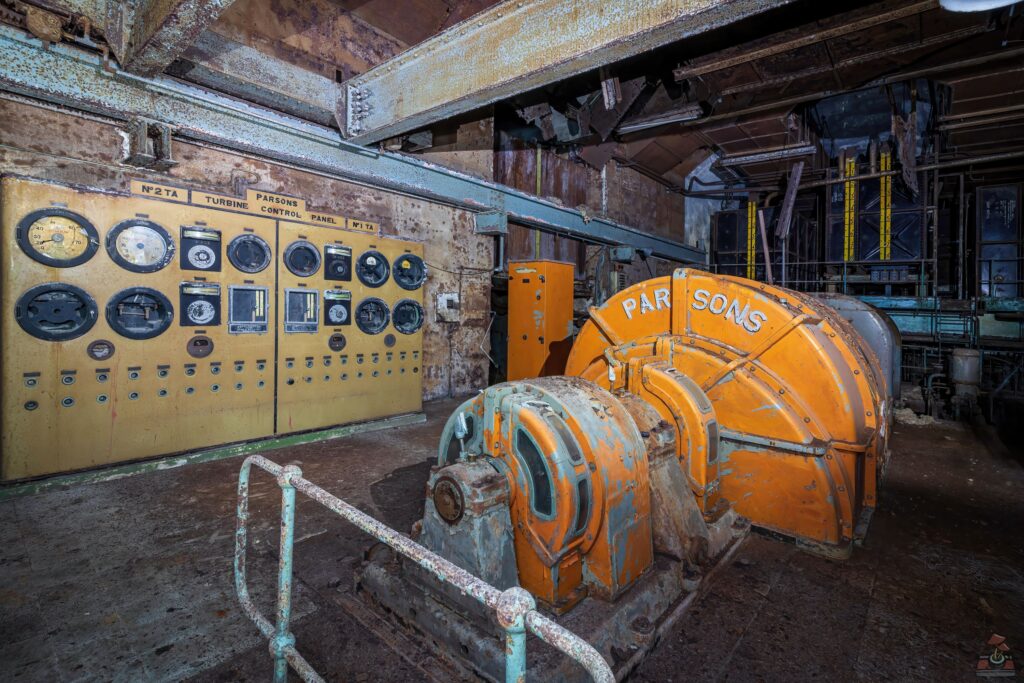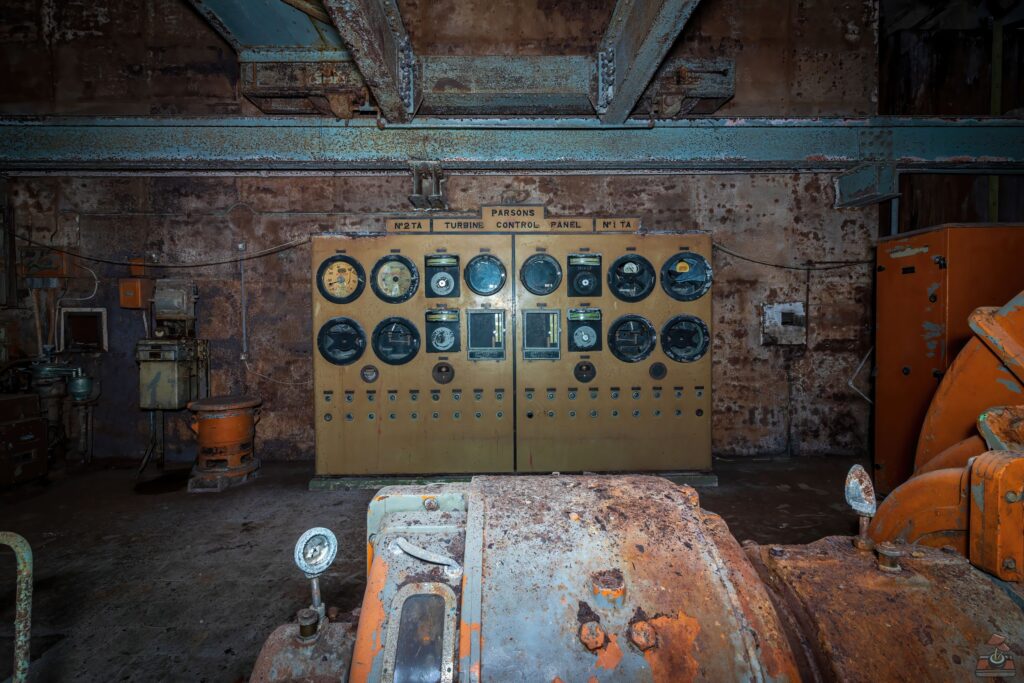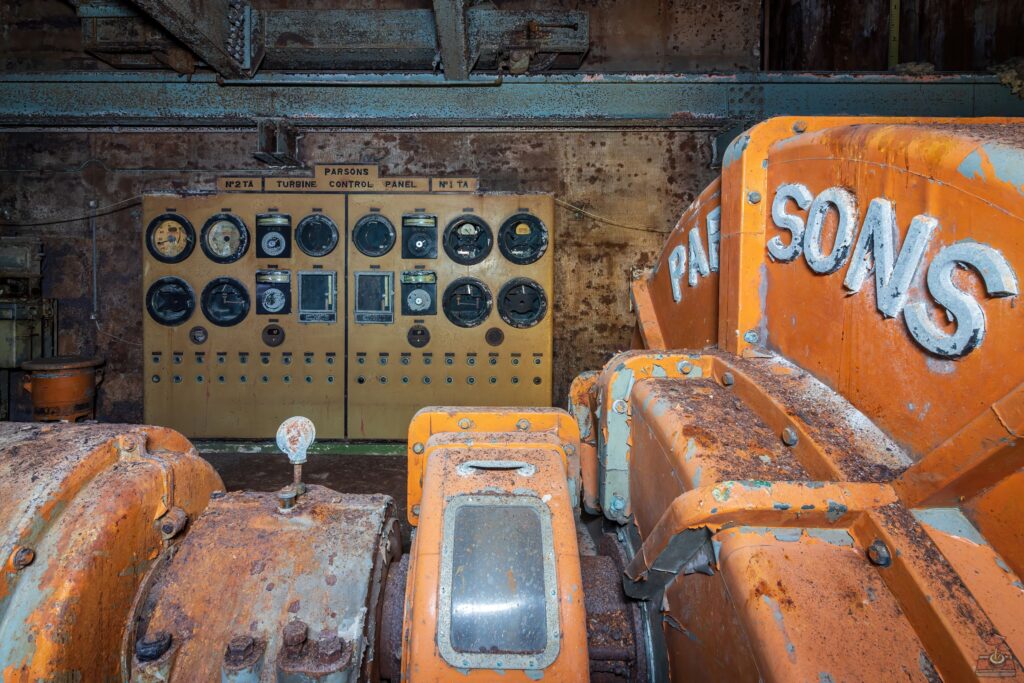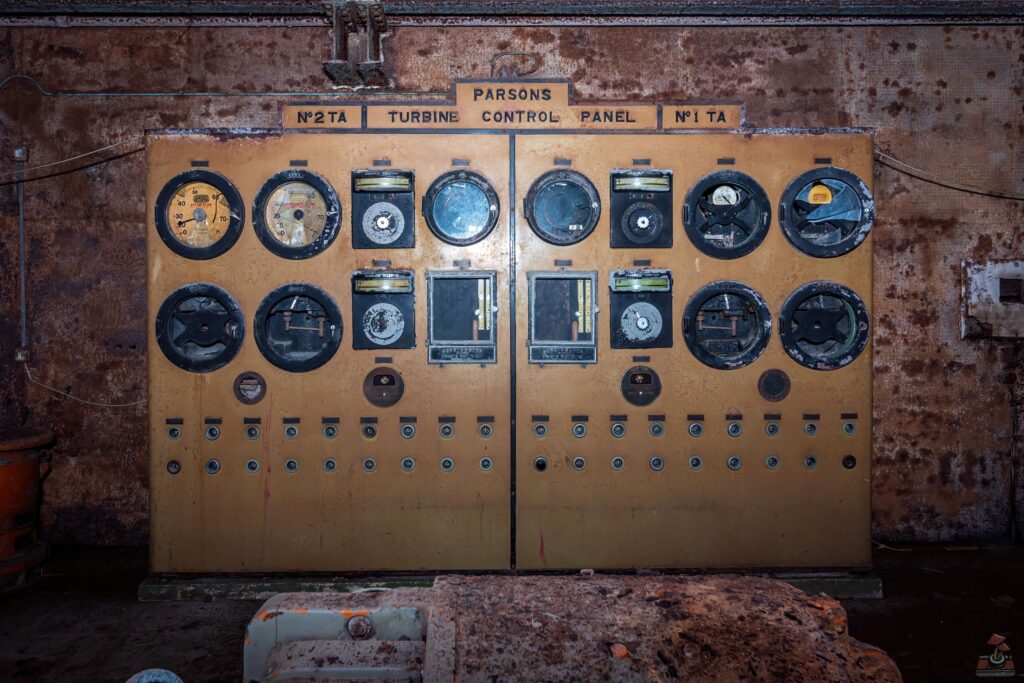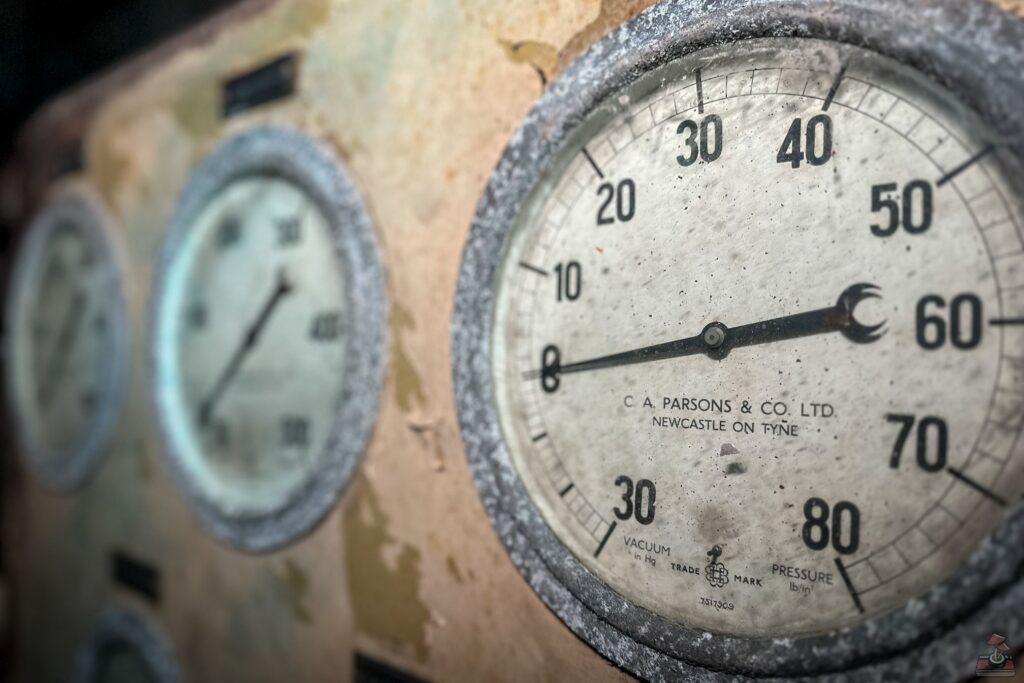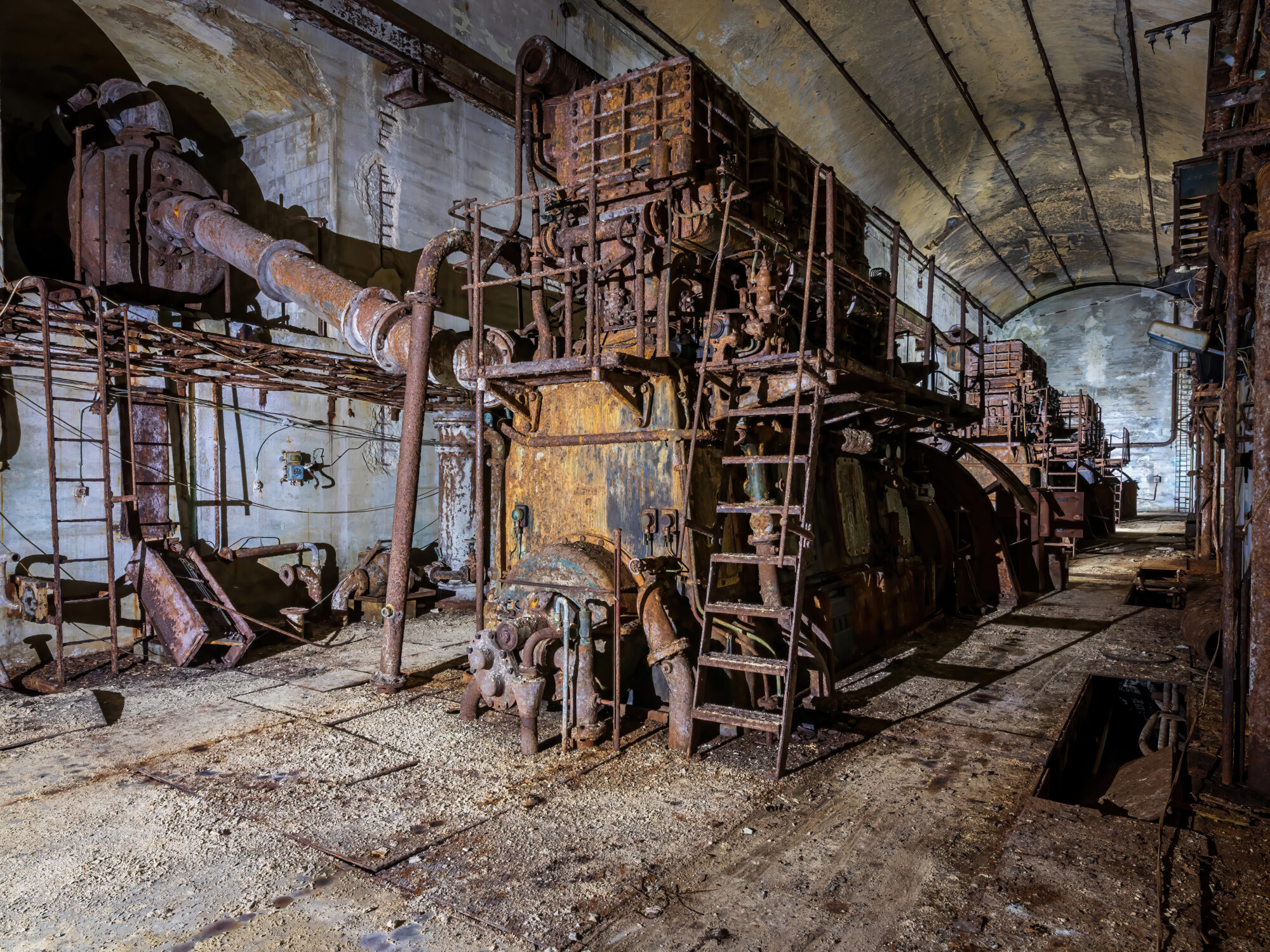History
The Underground Military Power Station in Malta has a rich history rooted in the strategic importance of the island during World War II. Constructed by the British military in the early 1940s, this subterranean facility provided a secure and resilient source of electricity to support the island’s defenses and critical infrastructure. Malta’s key location in the Mediterranean made it a primary target for Axis forces, leading to the development of fortified installations like this to ensure continuity of power under heavy bombardment.
Built deep underground to protect it from aerial attacks, the power station sustained operations during the intense air raids of the Siege of Malta. It played a crucial role in maintaining the island’s operational capabilities, supporting communication systems, radar installations, and other essential military functions.
A notable feature of the power station was its British-made machinery, known for its reliability and advanced engineering. This equipment underscores the close ties between Malta and Britain during the war.
After the war, the Underground Military Power Station continued to serve Malta’s infrastructure until advances in technology and changing strategic requirements led to its decommissioning. Today, it stands as a testament to Malta’s resilience and wartime engineering ingenuity, reflecting the island’s significant role in the Allied war effort.
